Solutions
Products
-
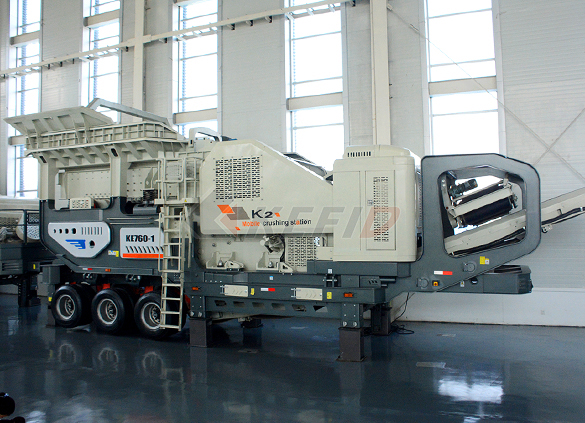
Primary mobile crushing plant
-
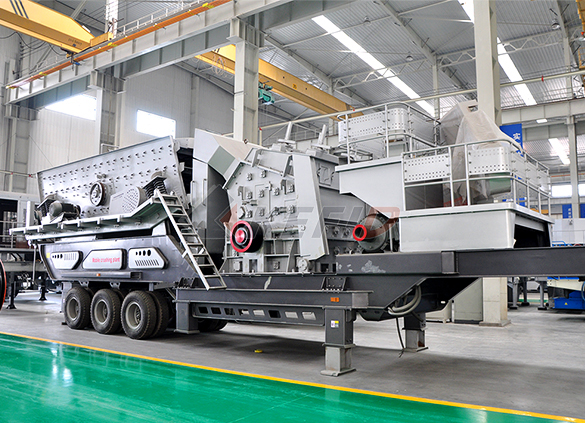
Independent operating combined mobile crushing station
-
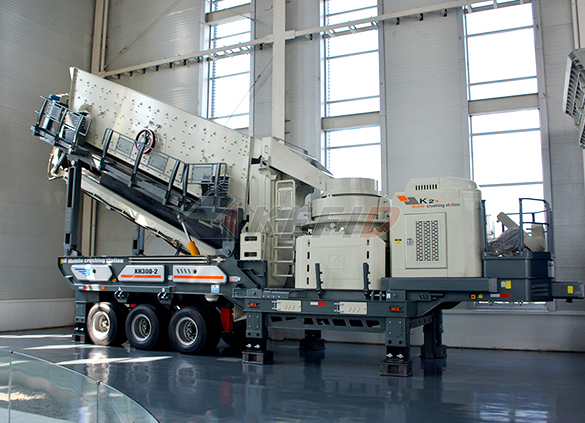
Mobile secondary crushing plant
-
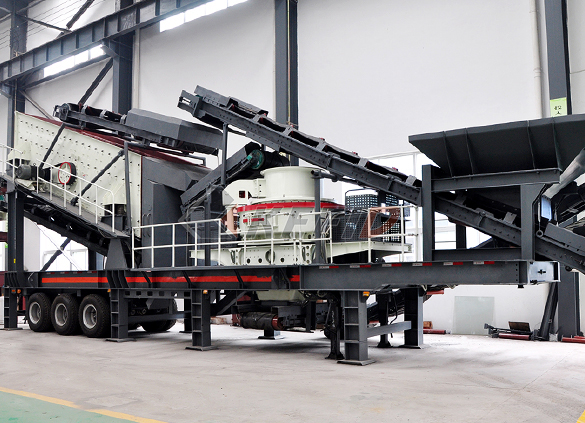
Fine crushing and screening mobile station
-
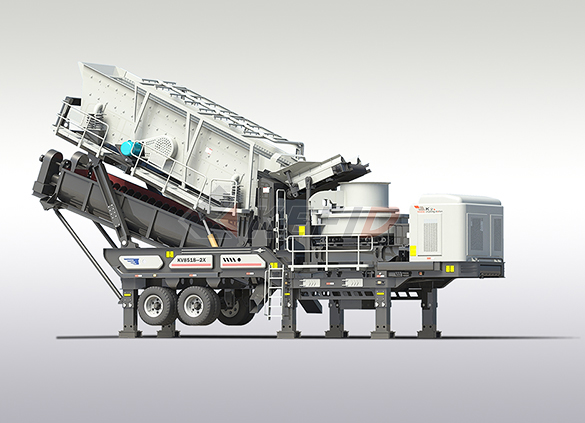
Fine crushing & washing mobile station
-
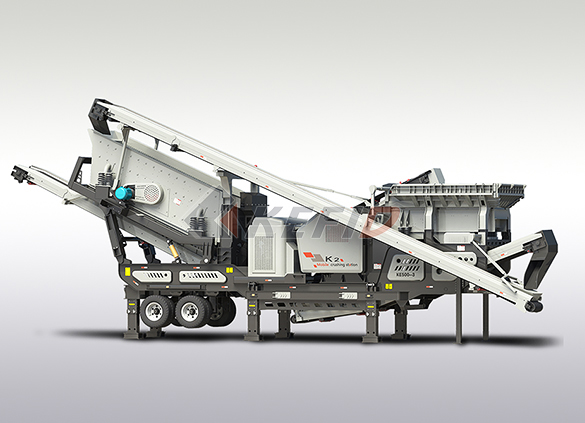
Three combinations mobile crushing plant
-
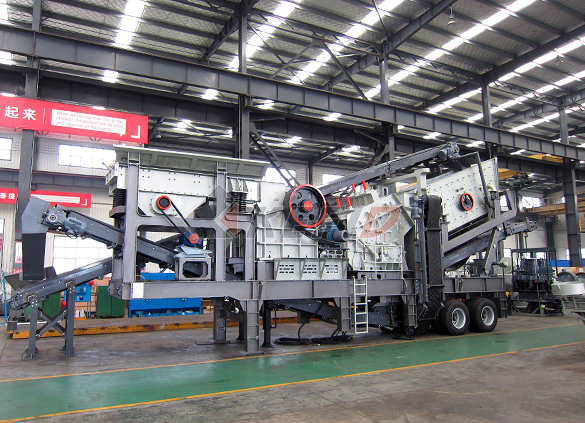
Four combinations mobile crushing plant
-
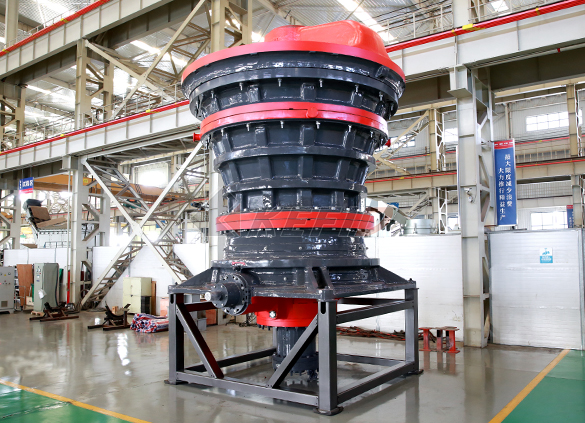
HGT gyratory crusher
-
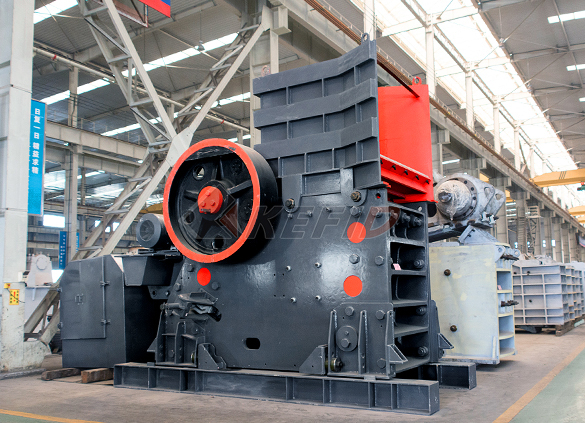
C6X series jaw crusher
-
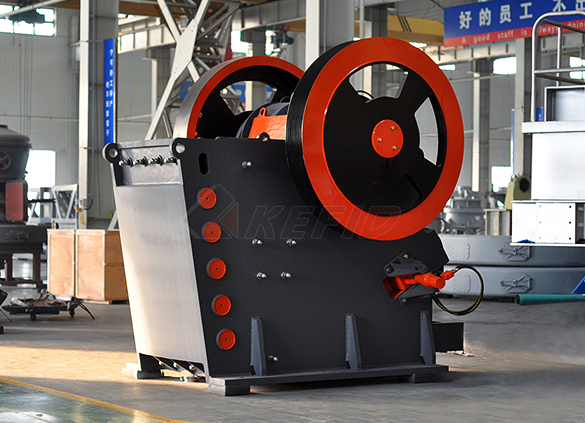
JC series jaw crusher
-
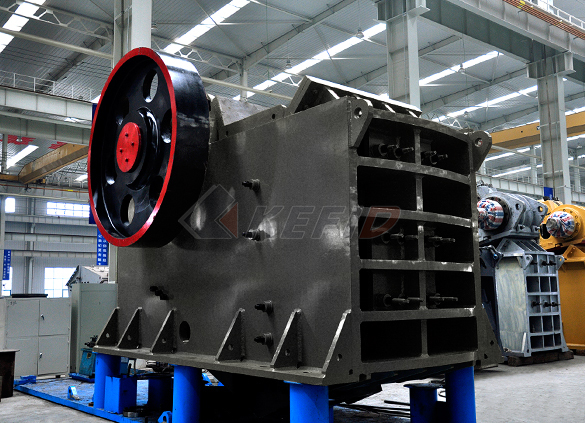
Jaw crusher
-
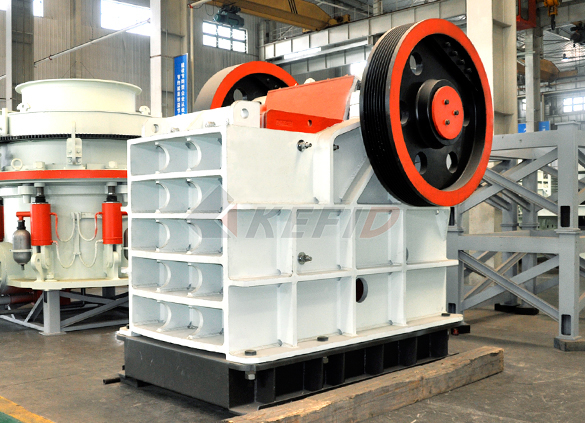
HJ series jaw crusher
-
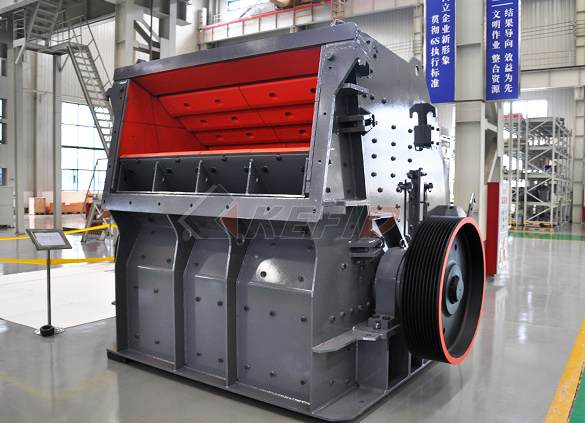
CI5X series impact crusher
-
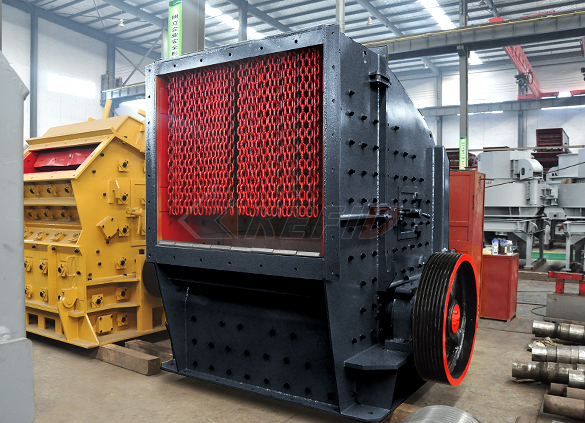
Primary impact crusher
-
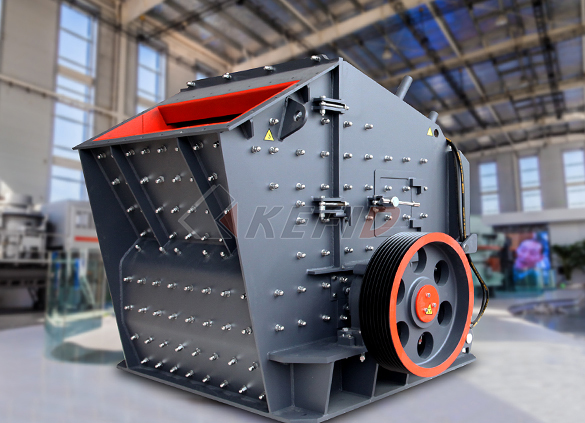
Secondary impact crusher
-
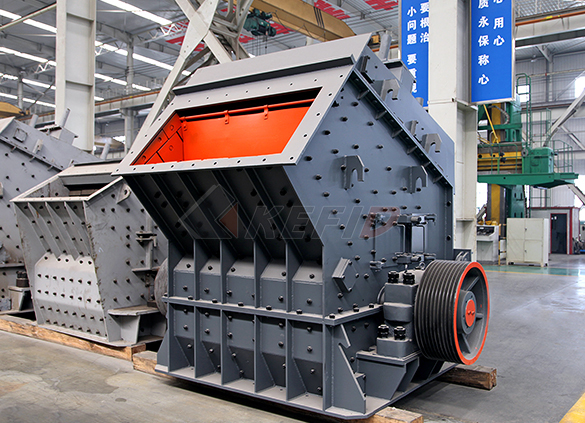
Impact crusher
-
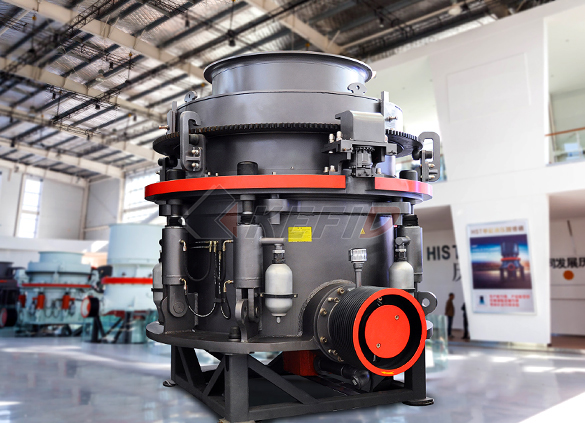
HPT series hydraulic cone crusher
-
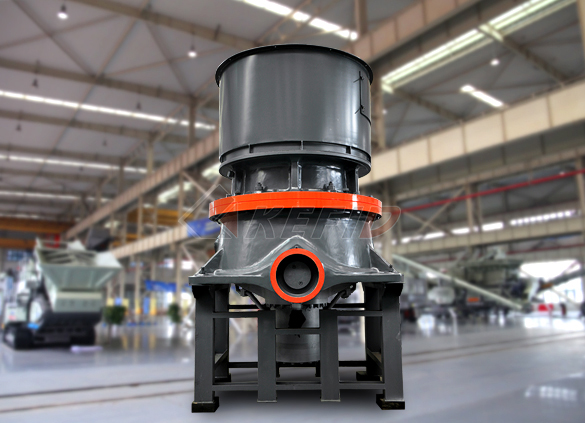
HST hydraulic cone crusher
-
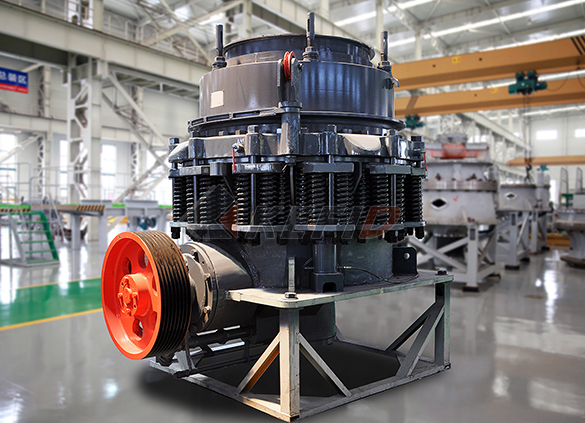
CS cone crusher
-
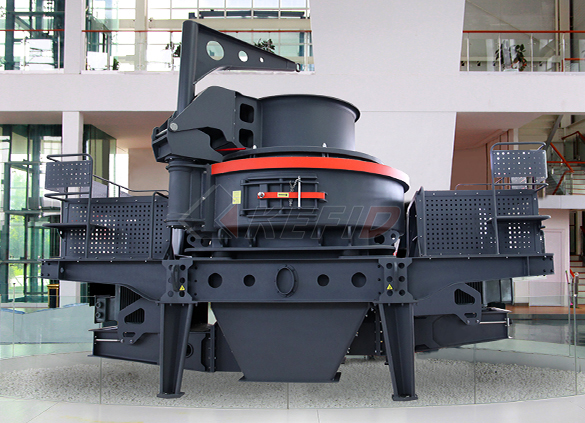
VSI6S vertical shaft impact crusher
-
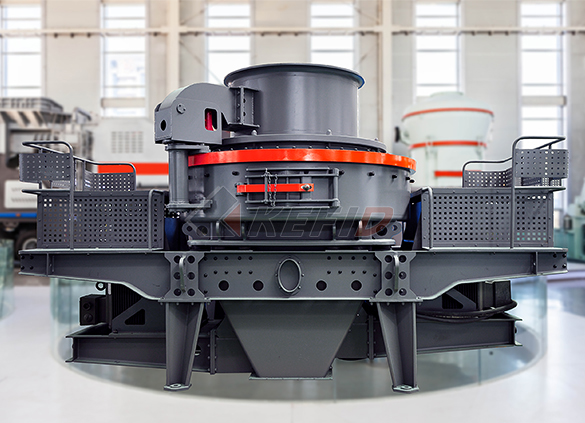
Deep rotor vsi crusher
-
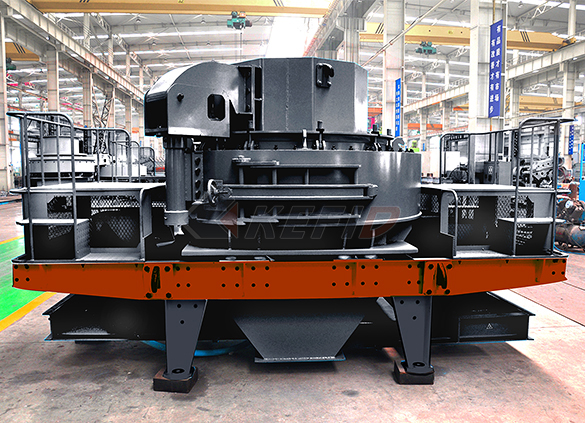
B series vsi crusher
-
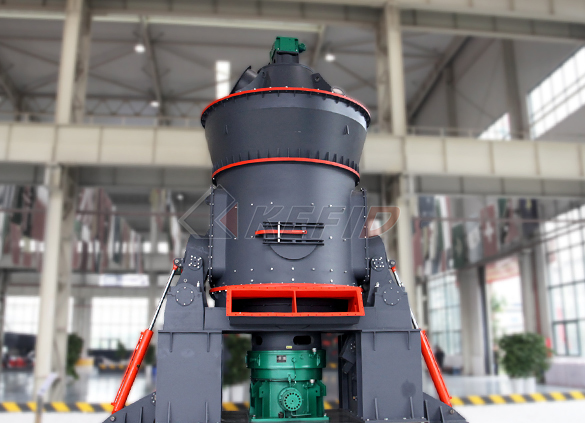
Vertical grinding mill
-
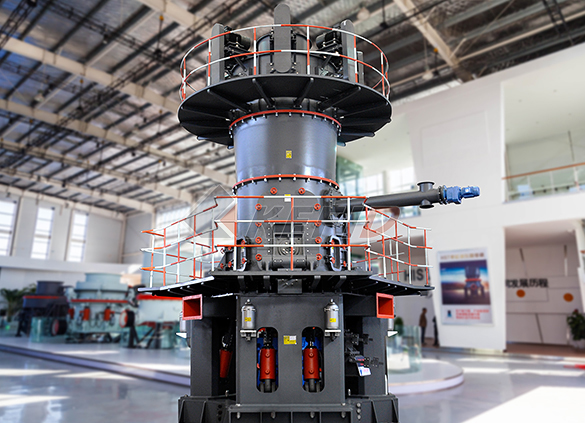
Ultra fine vertical grinding mill
-
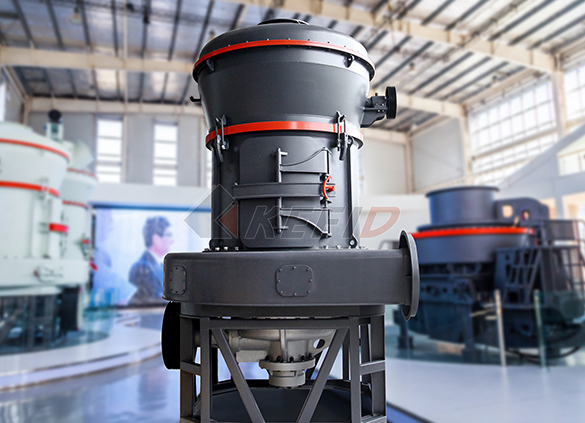
MTW european grinding mill
-
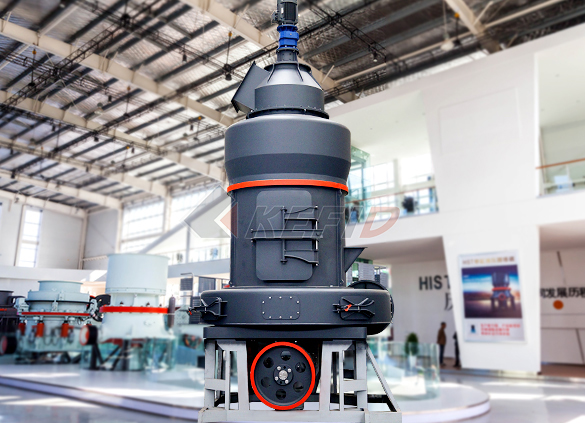
MB5X158 pendulum suspension grinding mill
-
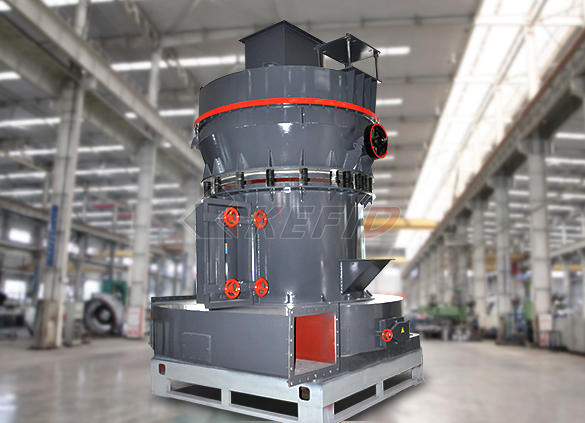
Trapezium mill
-
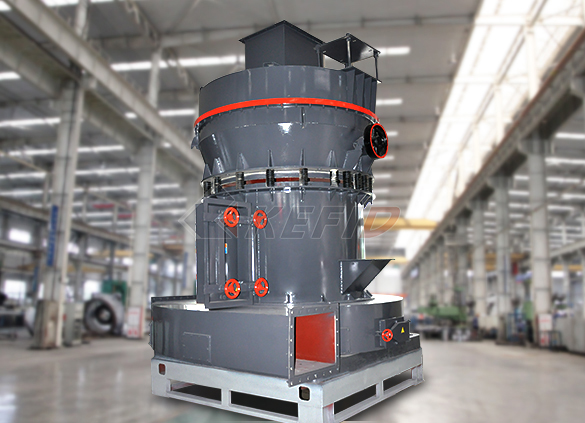
T130X super-fine grinding mill
-
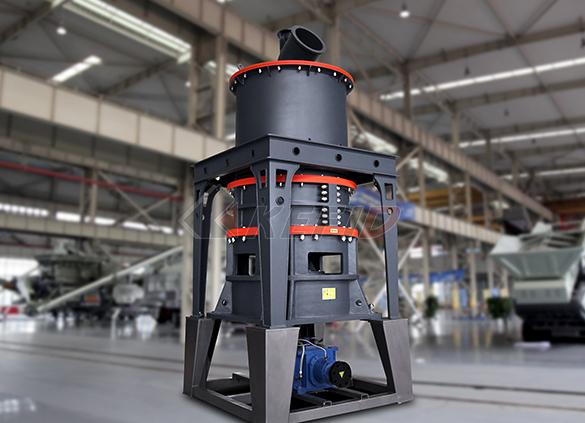
Micro powder mill
-
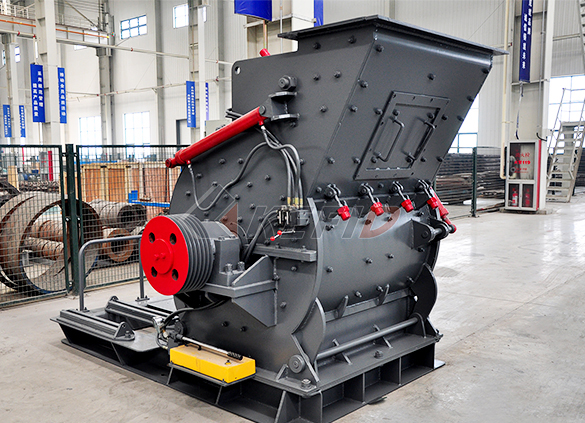
European hammer mill
-
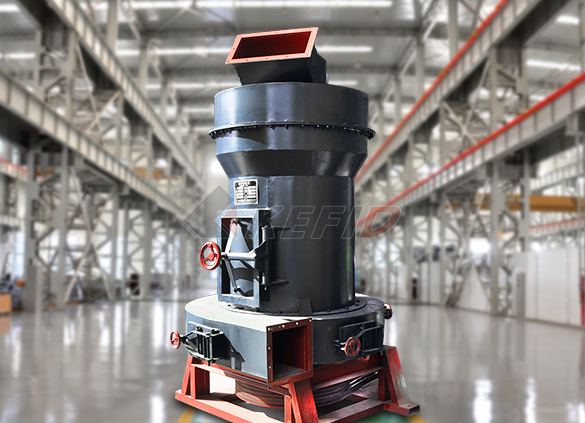
Raymond mill
-

Ball mill
-
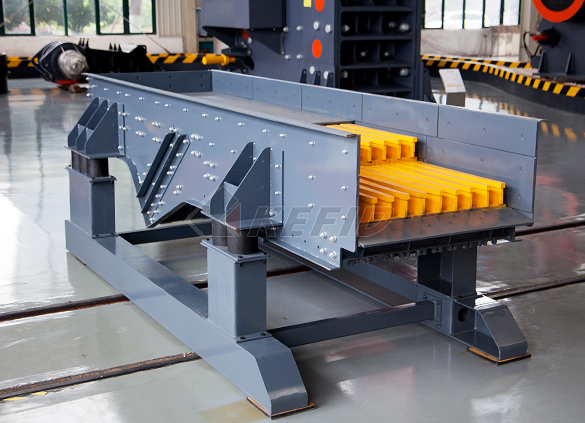
GF series feeder
-
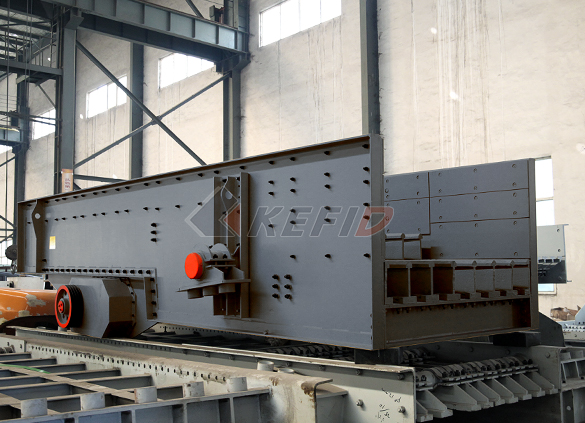
FH heavy vibrating feeder
-
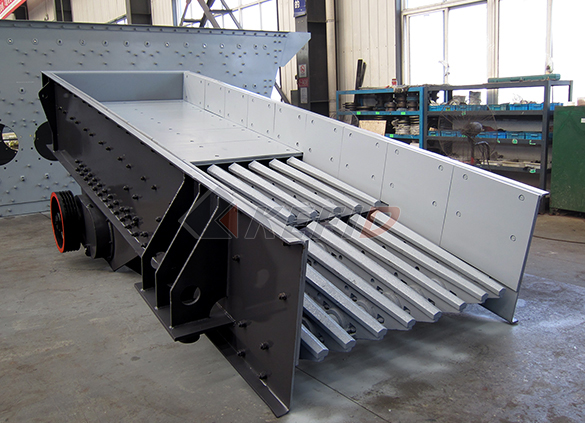
TSW series vibrating feeder
-
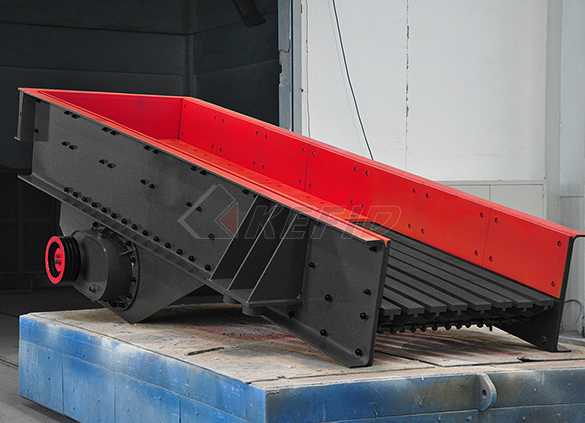
Vibrating feeder
-
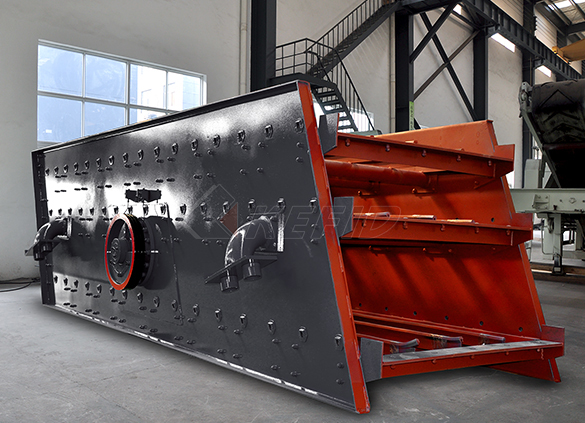
Vibrating screen
-
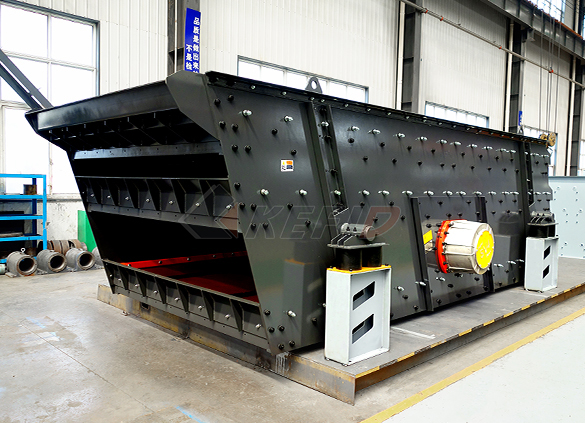
S5X vibrating screen
-

Belt conveyor
-
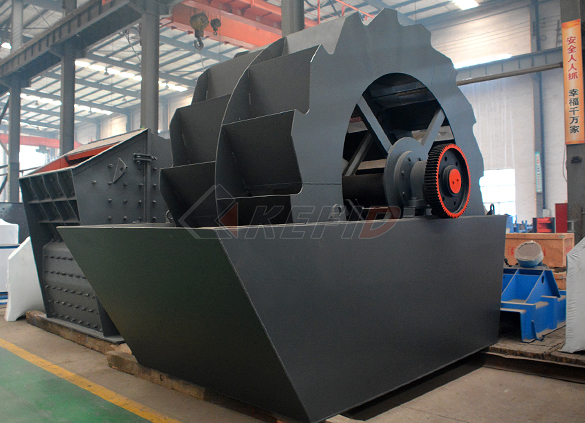
Wheel sand washing machine
-
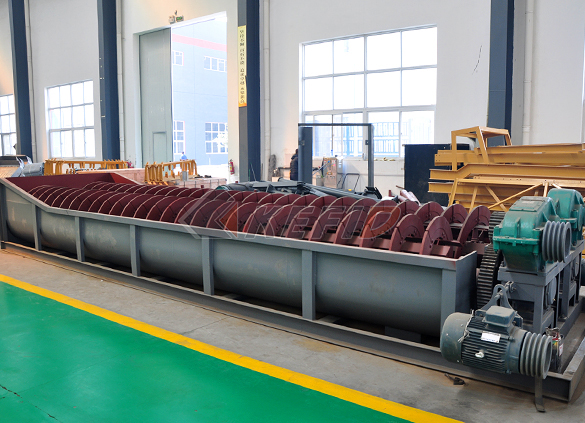
Screw sand washing machine
-
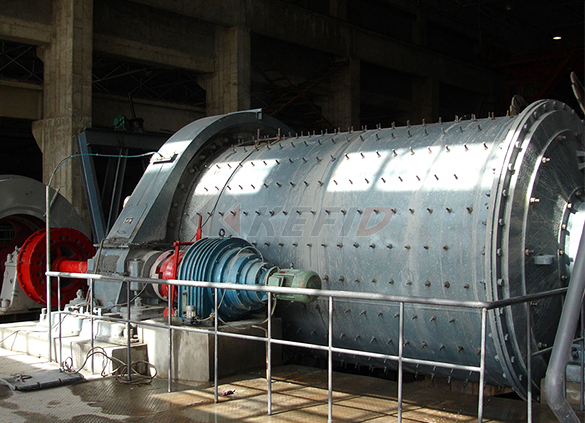
Rod mill
-

Dryer
-
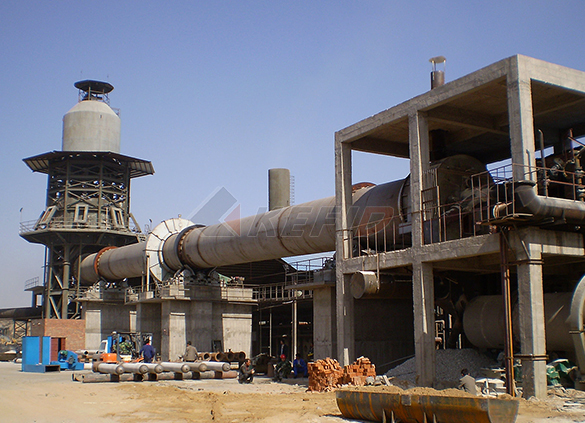
Rotary kiln
-
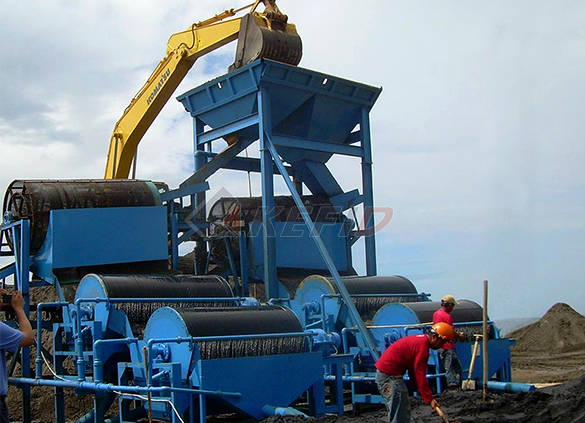
Wet magnetic separator
-
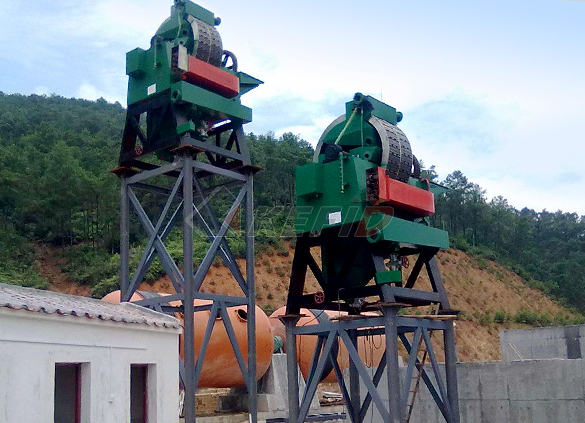
High gradient magnetic separator
-
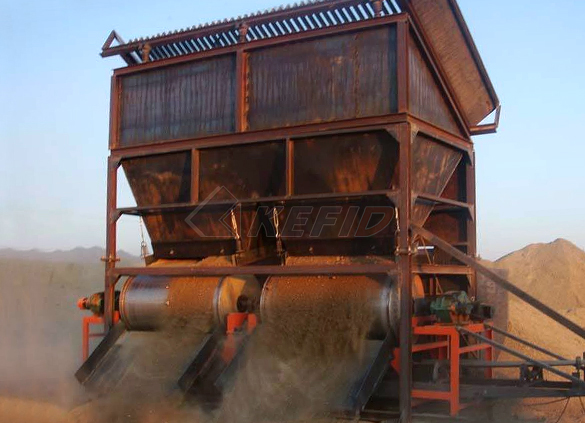
Dry magnetic separator
-
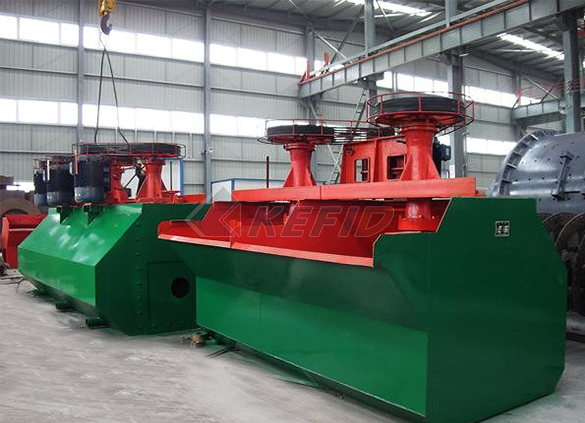
Flotation machine
-
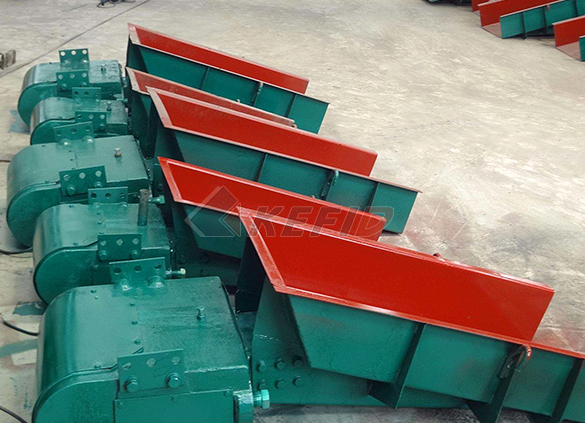
Electromagnetic vibrating feeder
-
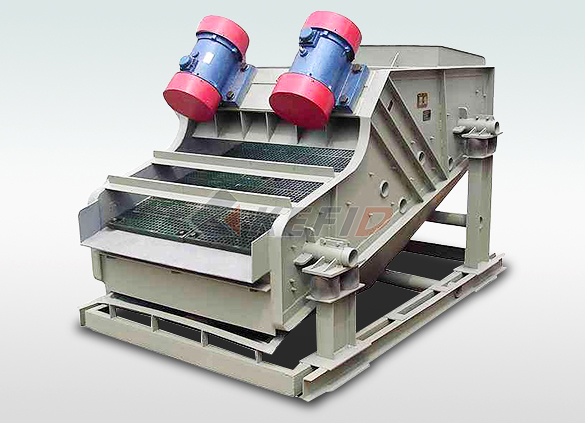
High frequency screen

whait metal properties of mill cement
whait metal properties of mill cement There are forty years of manufacturing history, with three major production bases,over 160 senior RD engineers and 600+ large and mediumsized digital processing equipment, The firstline technicians and professional aftersales service personnel up to 2,300+ and 200+ respectivelyIntroducing advanced technology and craftsmanship, adopting international A cement mill (or finish mill in North American usage) is the equipment used to grind the hard, nodular clinker from the cement kiln into the fine grey powder that is cementMost cement is currently ground in ball mills and also vertical roller mills which are more effective than ball millsCement mill WikipediaMill scale, often shortened to just scale, is the flaky surface of hot rolled steel, consisting of the mixed iron oxides iron(II) oxide (FeO), iron(III) oxide (Fe 2 O 3), and iron(II,III) oxide (Fe 3 O 4, magnetite) Mill scale is formed on the outer surfaces of plates, sheets or profiles when they are being produced by rolling red hot iron or steel billets in rolling millsMill scale WikipediaAfter the pipe have been cast and run through the heat treatment process of annealing, the following tests and inspections are performed: Charpy test – confirms the impact resistance of the pipe wall Tensile test – confirms flexibility (elongation) and strength properties of the ductile iron ( 60 42 10 ) grade 60,000 psi tensile strength / 42,000 yield strength / 10% elongation What Are Mill Certs and Why Are They Needed? McWane DuctileThat’s the product service life of ChromX ® 9100 (ASTM A1035CS), a concrete reinforcing steel that is almost entirely resistant to corrosion Scientifically engineered, ChromX ® uncoated steel achieves its superior properties of corrosion resistance because of the patented steel microstructure that is formed during productionChromX Commercial Metals Company
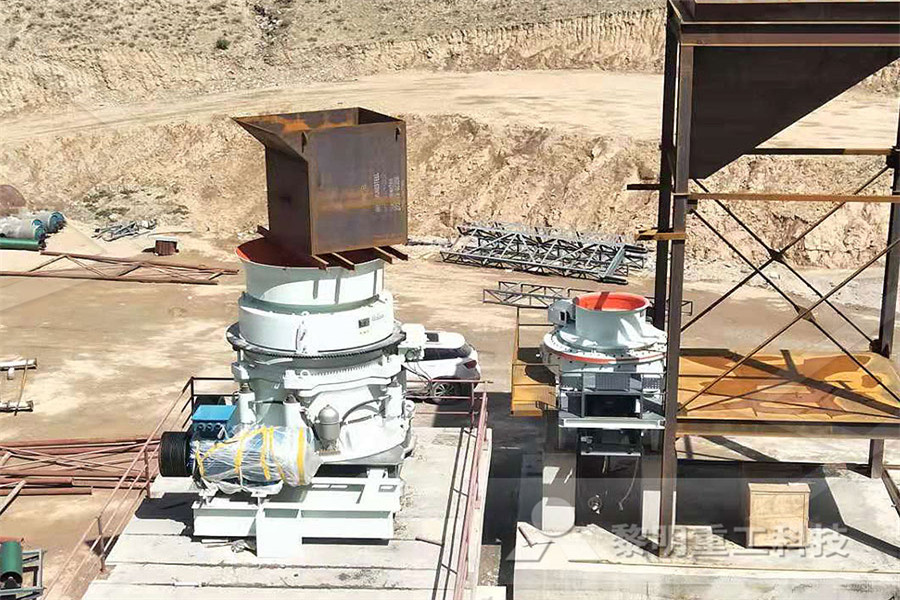
Properties and Uses of Steelmaking Slag – IspatGuru
Nov 14, 2018 Usage in the production of cement and concrete – The presence of C3S, C2S and C4AF endorse steelmaking slag cementitious properties It is generally accepted that the cementitious properties of steelmaking slag increases with its basicity Hence, steelmaking slag ground into fine powder can be used as cement additives and concrete admixturesThis is done by a mixture of both aircooling and watercooling, including spraying water inside the mill Cement milling and gypsum dehydration Because the cement gets hot due to the heat generated by grinding, gypsum can be partly dehydrated, forming hemihydrate, or plaster of Paris 2CaSO 4H 2 OCement Milling Understanding CementMost mill test reports are one page, identify the ASTM or AASHTO cement type, and list primary chemical and physical properties measured by sample testing Also, reports show a certification statement and are signed by the cement plant's quality control manager When examining a mill test report, study two properties: chemical and physicalCement Mill Test Reports: What Producers Should Know Cement paste setting time is affected by a number of items including: cement fineness, watercement ratio, chemical content (especially gypsum content) and admixtures For construction purposes, the initial set must not be too soon and the final set must not be too late Normally, two setting times are defined: Initial set Occurs when the Cement : Physical Properties and Types of CementNotes to the table above Notes on the Rvalue Kvalues of different forms of asbestos: Rosato (ASBESTOS INSULATION) is the most authoritative source on asbestos properties and gives data for the thermal conductivity of asbestos in different forms and with varying temperaturesFor magnesiaasbestos insulation at mean temperatures ranging from 100°F to 400°F the Kvalue (thermal RValues of Materials: Table of Insulation RValues and

The cement mill
Cement manufacturing brief description of a cement mill Cement clinker is usually ground using a ball mill This is essentially a large rotating drum containing grinding media normally steel balls As the drum rotates, the motion of the balls crushes the clinker The drum Cemented carbide is a hard material used extensively as cutting tool material, as well as other industrial applicationsIt consists of fine particles of carbide cemented into a composite by a binder metal Cemented carbides commonly use tungsten carbide (WC), titanium carbide (TiC), or tantalum carbide (TaC) as the aggregate Mentions of "carbide" or "tungsten carbide" in industrial contexts Cemented carbide Wikipedia100 years That’s the product service life of ChromX ® 9100 (ASTM A1035CS), a concrete reinforcing steel that is almost entirely resistant to corrosion Scientifically engineered, ChromX ® uncoated steel achieves its superior properties of corrosion resistance because of the patented steel microstructure that is formed during production ChromX ® concrete reinforcing steel exceeds ChromX Commercial Metals Companyproperties Only portland cement, blended portland cement, ground granulated blast furnace slag, and fly ash are addressed in this section Cementitious material composed of portland cement, blended cements, ground granulated blast furnace slag, and fly ash are acceptable providing the material complies with 3101, 3102, 3103,CONCRETE MATERIALS AND TESTINGType 2 cement is still a general cement, but it has resistance to sulfates and heat of hydration Type 3 cement is for high strength properties in the early stages of the cement's life Ie, immediately after curing Type 4 cement is used where very low heats of hydration are desiredCement, How It Is Produced Mine
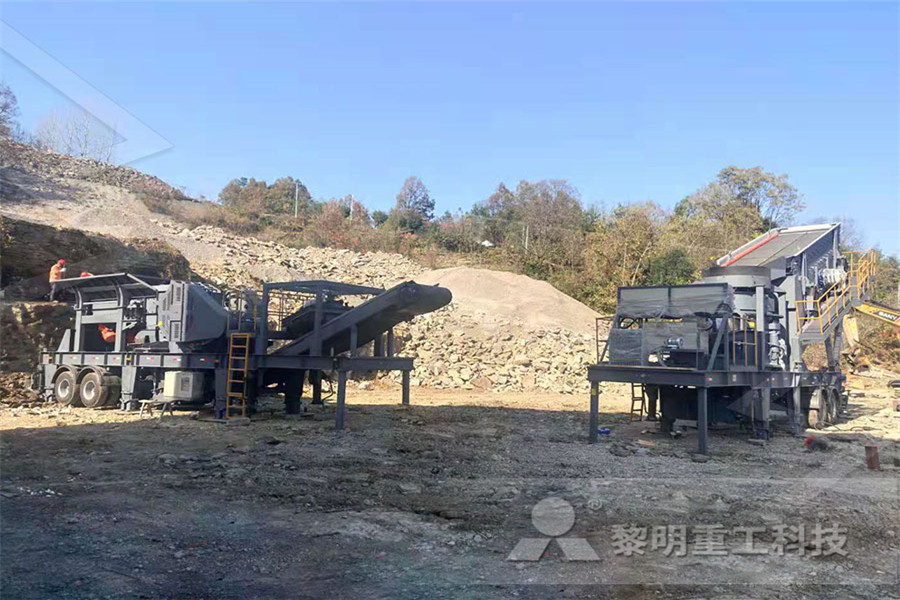
Cement Industry an overview ScienceDirect Topics
The cement industry is the most important consumer of rubber waste It uses 236,000 t of scrap tires (26 MJ/kg calorific heat) and 290,000 t of industrial waste (plastic waste, paper, textiles, etc, 22 MJ/kg caloric heat) (VDZ, 1999)Table VI521 shows a comparison of components of The mill reports certify that the reinforcing bar conforms to the project specifications and reveals the chemical composition of the reinforcing bar and mechanical properties Reinforcing bars typically come in two primary grades: Grade 60, which has a minimum yield strength of 60,000 psi, and Grade 75, which has a yield strength of 75,000 psiCRSI: Mill Test ReportsMaterials for Use in Concrete Aggregates Aggregates are classified by ASTM C33 (AASHTO M 6/M 80) as fine or coarse Fine aggregate consists of natural sand, manufactured sand, or a combination thereof with particles that are typically smaller than 02 inchesConcrete Design Production Portland Cement AssociationNotes to the table above Notes on the Rvalue Kvalues of different forms of asbestos: Rosato (ASBESTOS INSULATION) is the most authoritative source on asbestos properties and gives data for the thermal conductivity of asbestos in different forms and with varying temperaturesFor magnesiaasbestos insulation at mean temperatures ranging from 100°F to 400°F the Kvalue (thermal RValues of Materials: Table of Insulation RValues and Nov 13, 2019 Properties of Metals Metals, shiny solids, are room temperature (except mercury, which is a shiny liquid element), with characteristic high melting points and densitiesMany of the properties of metals, including a large atomic radius, low ionization energy, and low electronegativity, are because the electrons in the valence shell of metal atoms can be removed easilyProperties of the Basic Metals Element Group
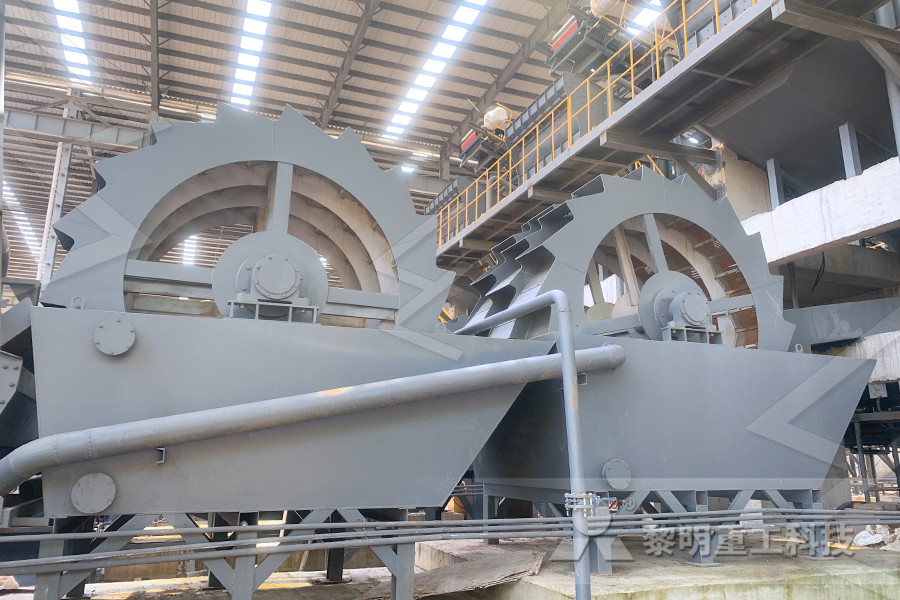
Steel Slag an overview ScienceDirect Topics
Carlos Thomas, Francisco Agrela, in New Trends in Ecoefficient and Recycled Concrete, 2019 712 Types and classification of steel slags Steel slags (SSs) are usually classified according to the type of furnace in which they are produced The properties of the slag depend on the type of process used to produce the crude steel, the cooling conditions of the slag and the valorisation processMasonry cement consists of a mixture of portland cement or blended hydraulic cement and plasticizing materials (such as limestone or hydrated or hydraulic lime), together with other materials introduced to enhance one or more properties such as setting time, workability, water retention and durability These components are proportioned at the Masonry Products and Properties America's Cement Steel slag is a byproduct of the steelmaking and steel refining processes This paper provides an overview of the different types of steel slag that are generated from basicoxygenfurnace (BOF) steelmaking, electricarcfurnace (EAF) steelmaking, and ladlefurnace steel refining processes The mineralogical and morphological properties of BOF and electricarcfurnaceladle [EAF(L)] slag Chemical, Mineralogical, and Morphological Properties of Steel Steel Testing of properties: The testing of steel’s properties often begins with checking hardness This is measured by pressing a diamond pyramid or a hard steel ball into the steel at a specific load The Vickers Diamond Pyramid Hardness tester, which measures the DPH mentioned above, uses an indenter with an included angle of 136° between opposite faces of a pyramid and usually Steel Testing of properties BritannicaSummary of Cement Compounds Gypsum CaSO4 2H2O CSH2 ~26 Tetracalcium 4 CaO Al2O3Fe2O3 C4AF ~58 aluminoferrite Tricalcium aluminate 3 CaO Al2O3 C3A ~510 Dicalcium silicate (Belite) 2 CaO SiO2 C2S ~1520 Tricalcium silicate (Alite) 3 CaOCements – Composition, Types
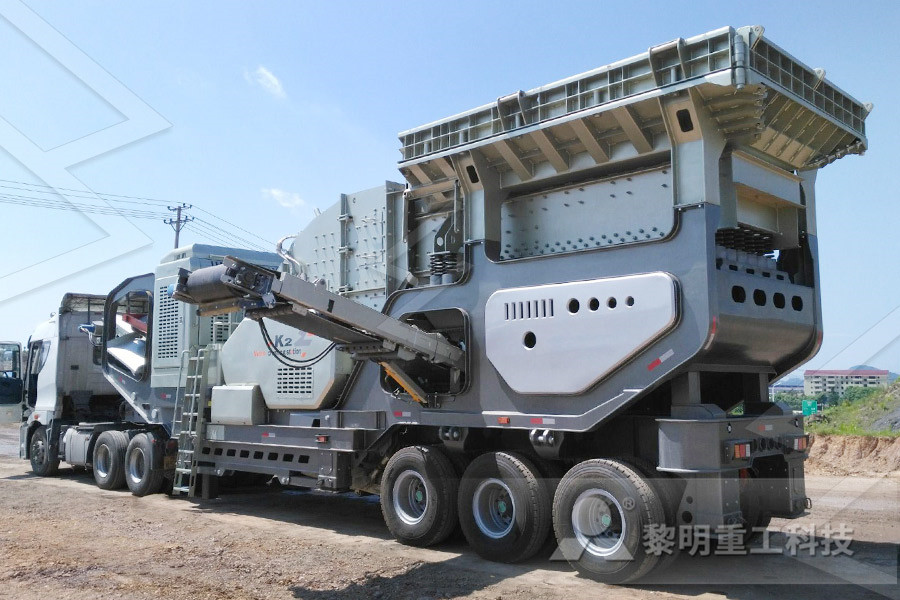
The cement mill
Cement manufacturing brief description of a cement mill Cement clinker is usually ground using a ball mill This is essentially a large rotating drum containing grinding media normally steel balls As the drum rotates, the motion of the balls crushes the clinker The drum 18 Types and Properties of Cement (PDF DOWNLOAD) Cement Types on the Basis of Properties and Use Normal Cement: Commonly used in civil engineeringNormal cement mainly refers to 6 kinds: Portland Cement, Ordinary Portland Cement, Portland Slag Cement, Portland Pozzolana Cement, PortlandFly Ash Cement and Portland Composite Cement18 Types and Properties of Cement What's the Difference Cement paste setting time is affected by a number of items including: cement fineness, watercement ratio, chemical content (especially gypsum content) and admixtures For construction purposes, the initial set must not be too soon and the final set must not be too late Normally, two setting times are defined: Initial set Occurs when the Cement : Physical Properties and Types of Cement Contamination of the cement with iron during grinding of clinker has also to be avoided For this reason, instead of the usual ball mill, the expensive nickel and molybdenum alloy balls are used in a stone or ceramiclined mill The cost of grinding is thus higher, and this, coupled with the more expensive raw materials, makesChapter Two Types of Cement University of Technology, Iraqproperties Only portland cement, blended portland cement, ground granulated blast furnace slag, and fly ash are addressed in this section Cementitious material composed of portland cement, blended cements, ground granulated blast furnace slag, and fly ash are acceptable providing the material complies with 3101, 3102, 3103,CONCRETE MATERIALS AND TESTING
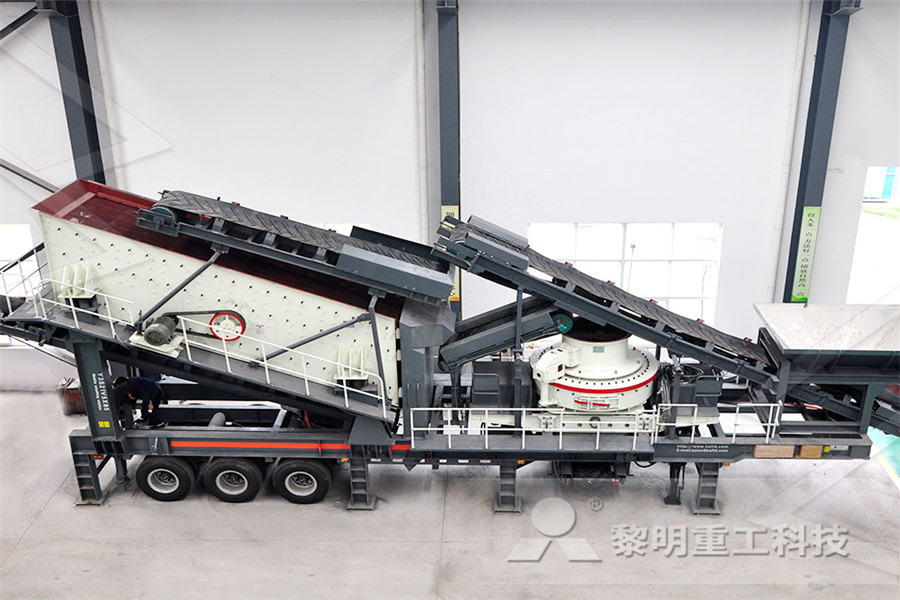
Cement, How It Is Produced Mine
Type 2 cement is still a general cement, but it has resistance to sulfates and heat of hydration Type 3 cement is for high strength properties in the early stages of the cement's life Ie, immediately after curing Type 4 cement is used where very low heats of hydration are desiredThe mill reports certify that the reinforcing bar conforms to the project specifications and reveals the chemical composition of the reinforcing bar and mechanical properties Reinforcing bars typically come in two primary grades: Grade 60, which has a minimum yield strength of 60,000 psi, and Grade 75, which has a yield strength of 75,000 psiCRSI: Mill Test ReportsThe cement industry is the most important consumer of rubber waste It uses 236,000 t of scrap tires (26 MJ/kg calorific heat) and 290,000 t of industrial waste (plastic waste, paper, textiles, etc, 22 MJ/kg caloric heat) (VDZ, 1999)Table VI521 shows a comparison of components of traditional fuels and scrap tiresCement Industry an overview ScienceDirect TopicsJul 24, 2014 It is this property of cement concrete which gives it a distinct place among building materials It is more economical than steel It binds rapidly with steel and as it is weak in tension, the steel reinforcement is placed in cement concrete at suitable places to take up the tensile stressesWHAT ARE THE PROPERTIES OF CEMENT CONCRETE? Cement Mill Applied Materials: Cement, silicate products glass, iron ore, gold ore and other materials in silicate products, new building materials, refractory materials, chemical fertilizer, black and nonferrous metal processing industry Power: 2454200kw Capacity: 21155TPHEasilyOperated Cement Mill Fote Machinery(FTM)
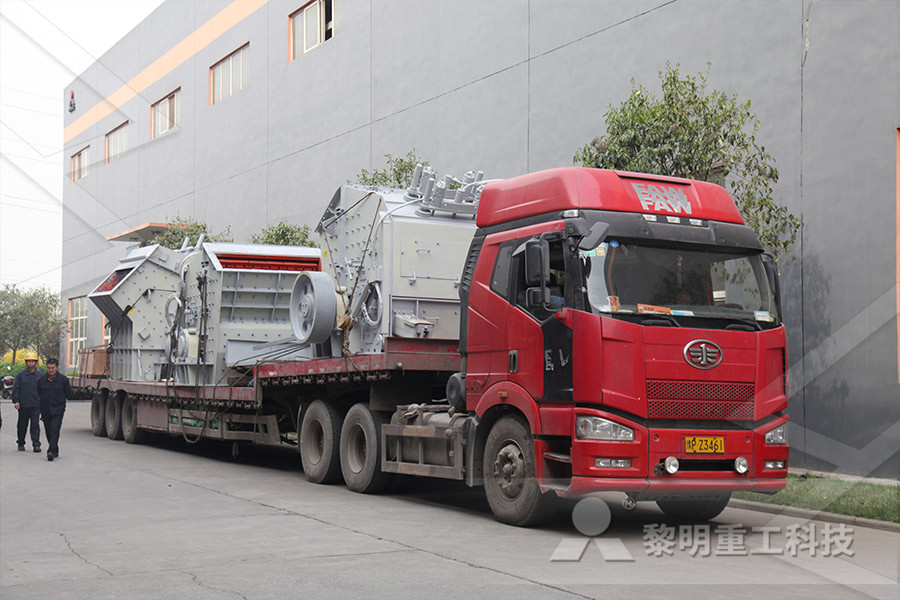
Steel Testing of properties Britannica
These are manganese, silicon, aluminum, nickel, chromium, cobalt, molybdenum, vanadium, tungsten, titanium, niobium, zirconium, nitrogen, sulfur, copper, boron, lead, tellurium, and selenium Several of these are often added simultaneously to achieve specific propertiesMaterials for Use in Concrete Aggregates Aggregates are classified by ASTM C33 (AASHTO M 6/M 80) as fine or coarse Fine aggregate consists of natural sand, manufactured sand, or a combination thereof with particles that are typically smaller than 02 inchesConcrete Design Production Portland Cement Associationpatent and started selling an improved version of this mill all over the world For the cement industry the ball mill was really an epochmaking breakthrough as for almost 80 years it was the predominant mill for grinding of raw materials and coal, and still today is the most used mill for cement grindingCement grinding Vertical roller mills versus ball mills